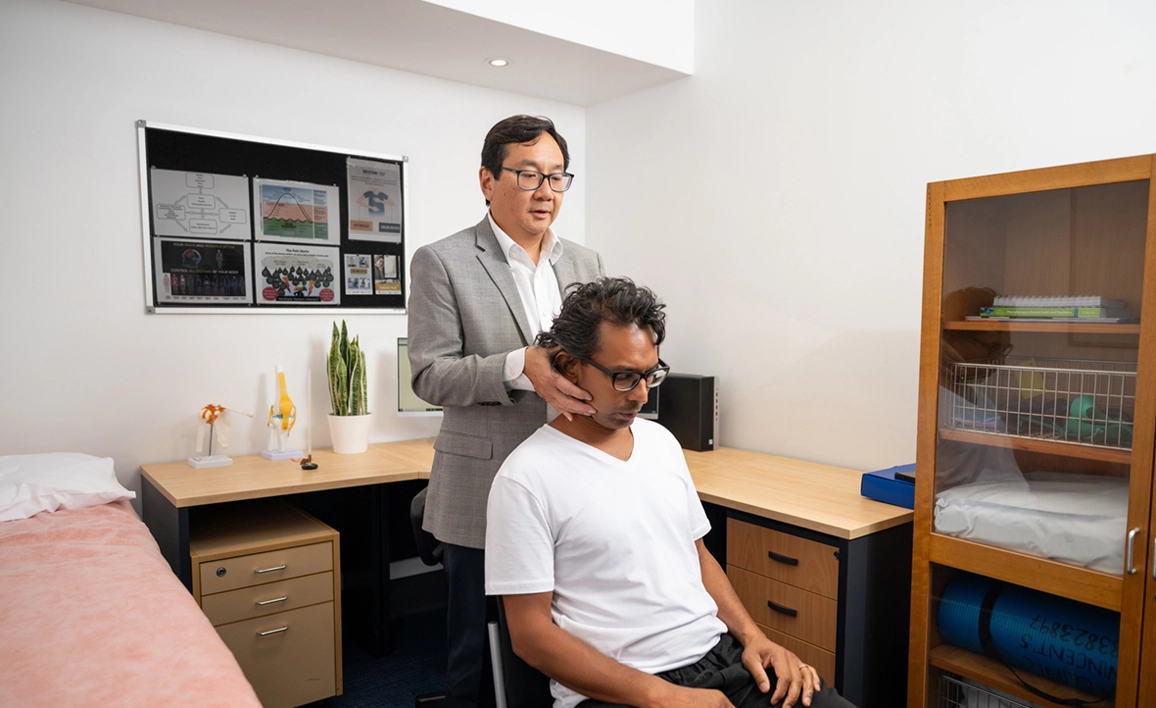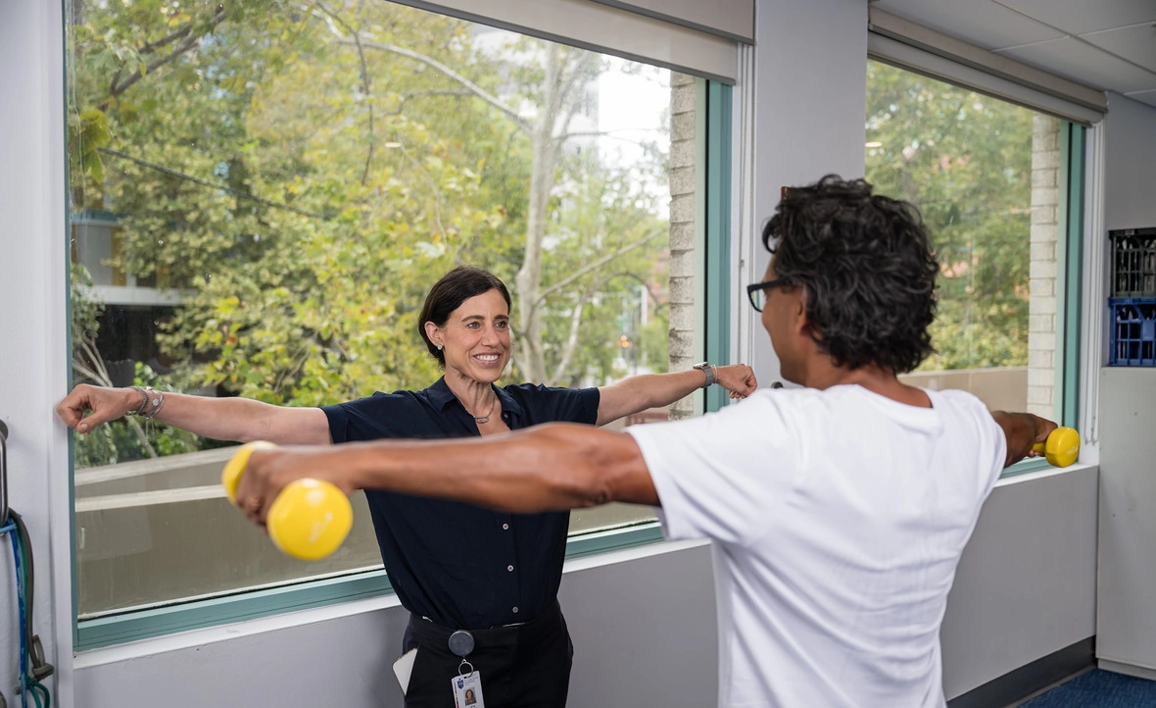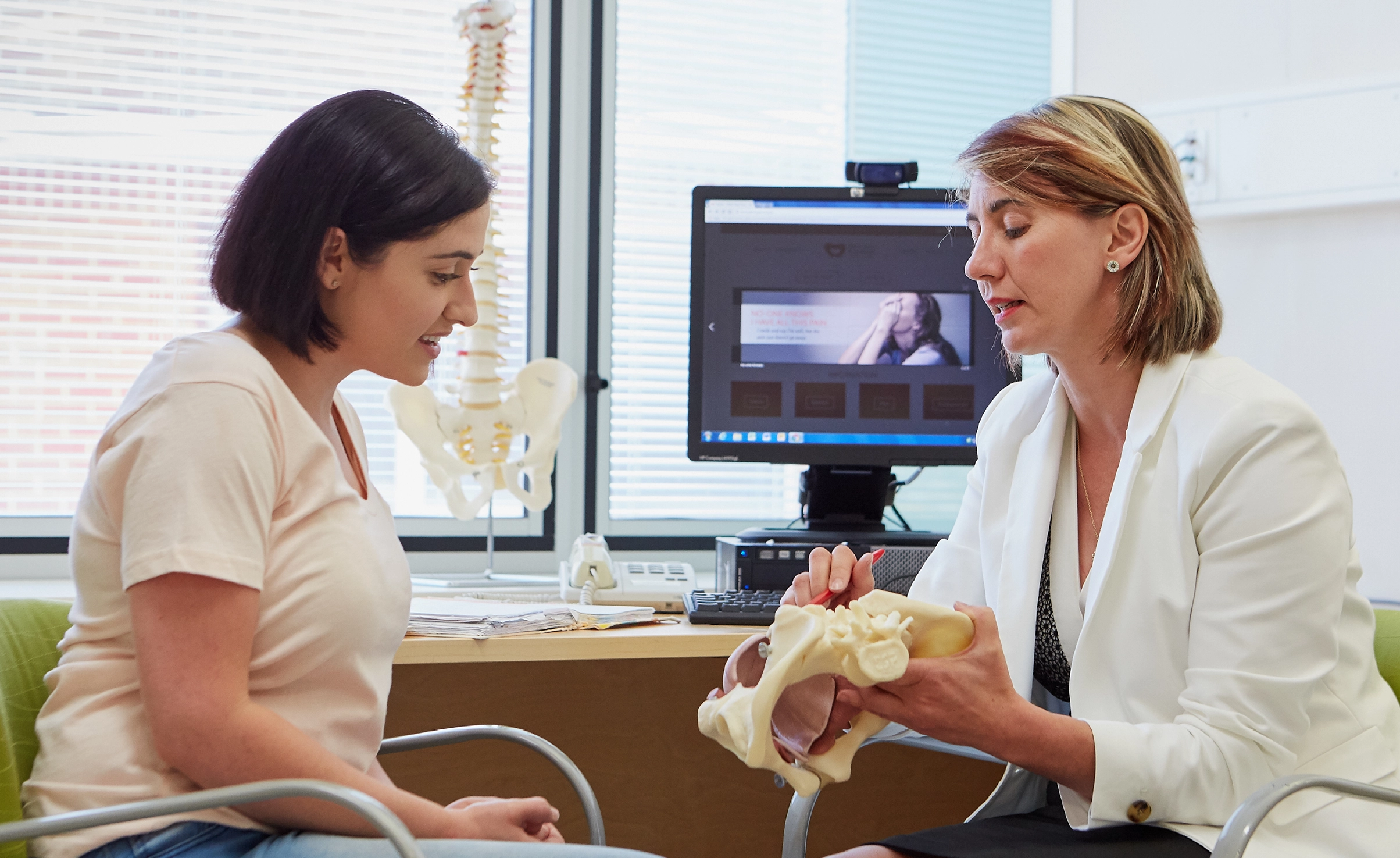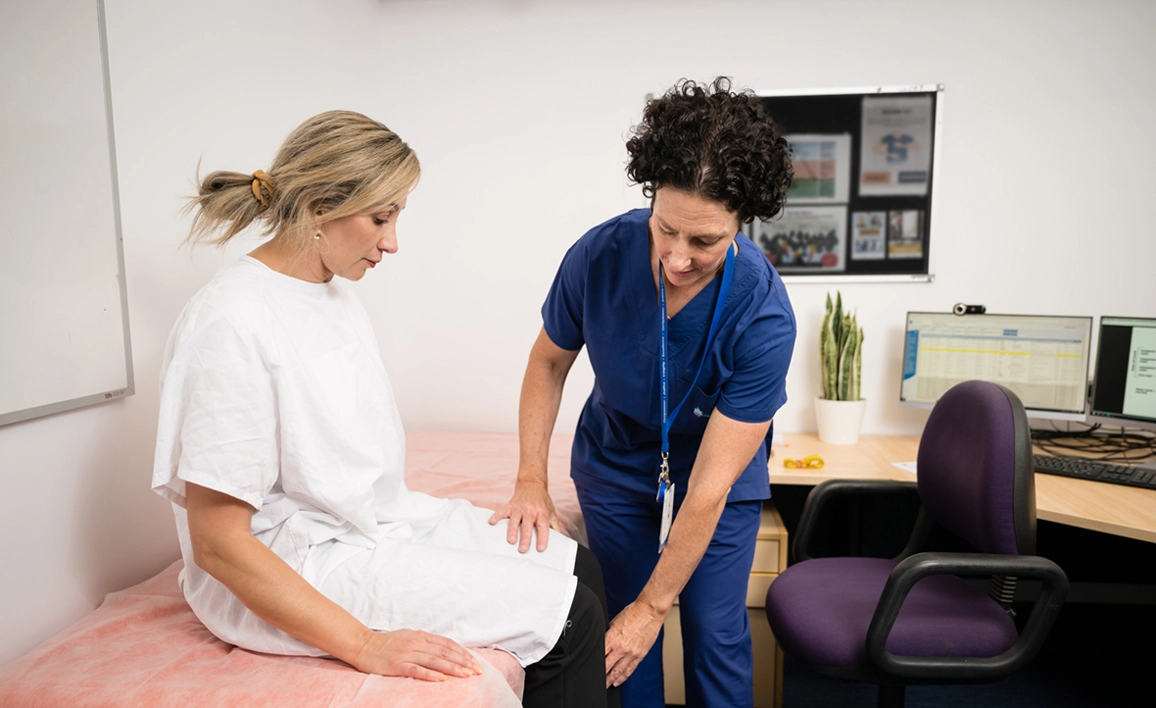What is pain?
According to the International Association for the Study of Pain (IASP), pain is defined as:
“An unpleasant sensory and emotional experience associated with, or resembling that associated with, actual or potential tissue damage.”
Persistent or chronic pain is pain that lasts beyond expected healing, usually longer than three months. It can be influenced by physical, psychological, and social factors and it’s always real. These resources can help you learn more about what pain is and how to manage it:
General consumer resources
- Chronic Pain Australia – Connect with other people experiencing chronic pain through the national grassroots organisation of people living with pain.
- Hunter Integrated Pain Service (HIPS) – Find further information and resources for people living with pain and their families provided by Hunter New England Local Health District.
- ACI Pain Management Network – Gain a better understanding of your pain and how to manage it through a series of videos developed by the NSW Agency for Clinical Innovation.
- painHEALTH - Find clinically supported information, tips, support and personal stories to help you manage musculoskeletal pain.
- Brainman - A team at Hunter Integrated Pain Service (HIPS), University of South Australia, University of Washington and Hunter Medicare Local (Hunter ML) have developeda series of videos about chronic pain featuring Brainman.
- Our Mob - Resources for Aboriginal People
More patient information about managing pain

Severe, persistent and unrelieved pain is recognised as one of the world's major healthcare needs, with serious financial and social implications for individuals, families and communities.

As pain medicine is a multi-disciplinary specialty, specialist pain medicine physicians come from a variety of backgrounds.

Opioids are a class of medicines taken to help reduce pain. They work on the central nervous system to slow down nerve signals between the brain and the body.

Persistent pelvic pain is a common but under-recognised health issue affecting millions of women and girls. Early recognition and a multidisciplinary, whole-person approach are essential for improving outcomes.

Prescribing medicinal cannabis for chronic non-cancer pain: Understand the evidence and current FPM position.

